Optimal Timing for Parking Lot Asphalt
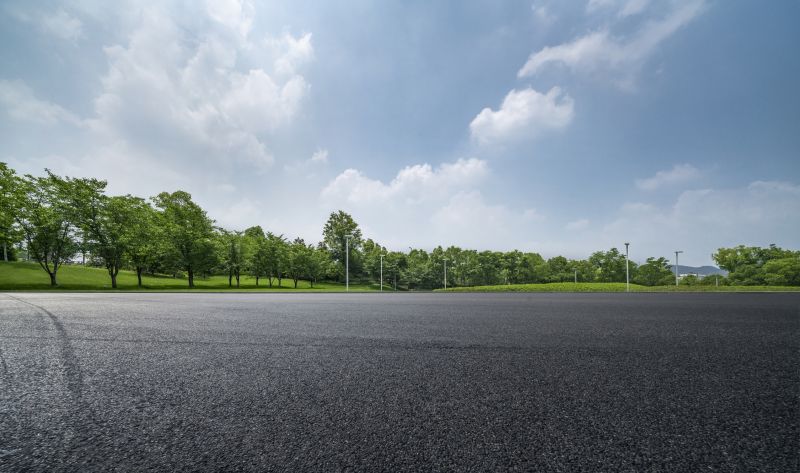
Spring offers moderate temperatures ideal for asphalt paving, reducing the risk of cracking and ensuring proper curing.
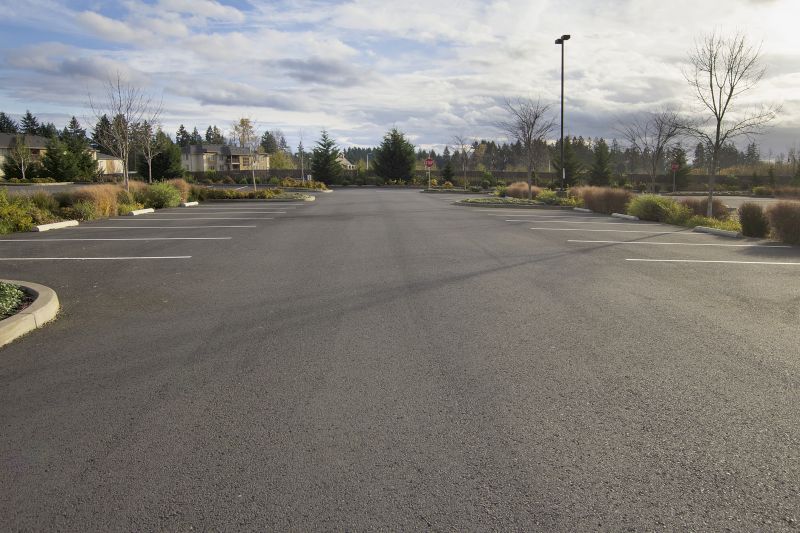
Summer provides longer daylight hours and warm weather, but high temperatures can affect asphalt work and cure times.
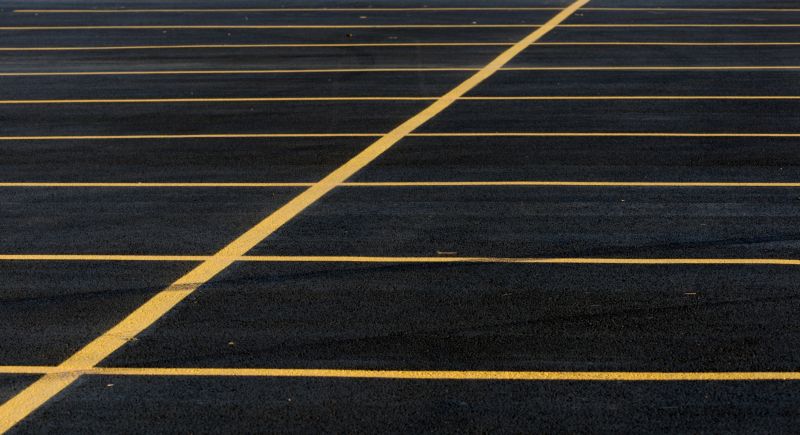
Fall's cooler temperatures and lower humidity levels create favorable conditions for asphalt installation, preventing early deterioration.

Ways to make Parking Lot Asphalt Pavings work in tight or awkward layouts.
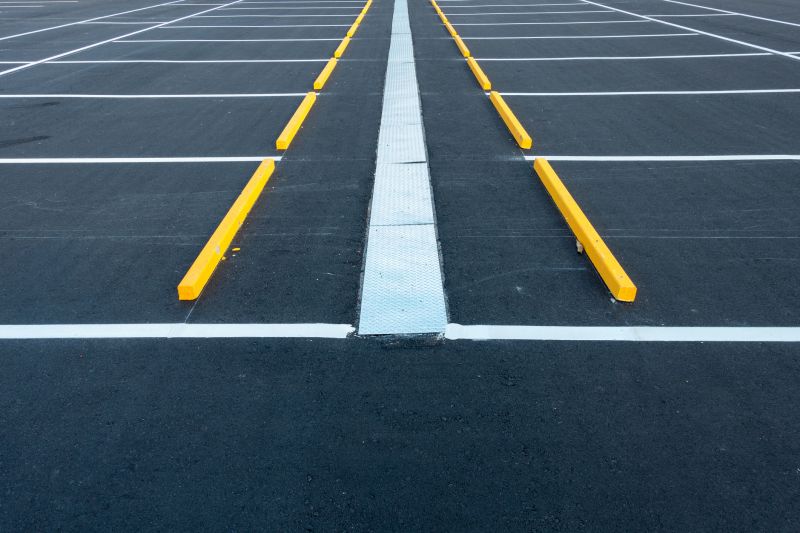
Popular materials for Parking Lot Asphalt Pavings and why they hold up over time.
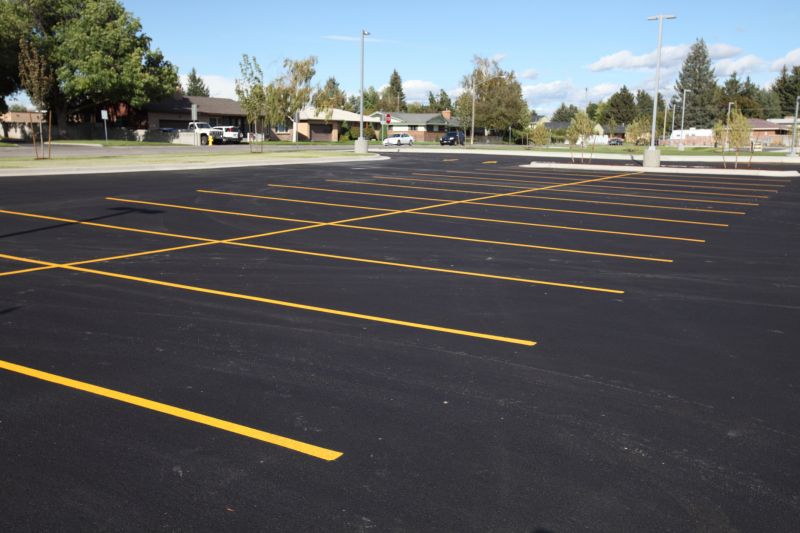
Simple add-ons that improve Parking Lot Asphalt Pavings without blowing the budget.

High-end options that actually feel worth it for Parking Lot Asphalt Pavings.
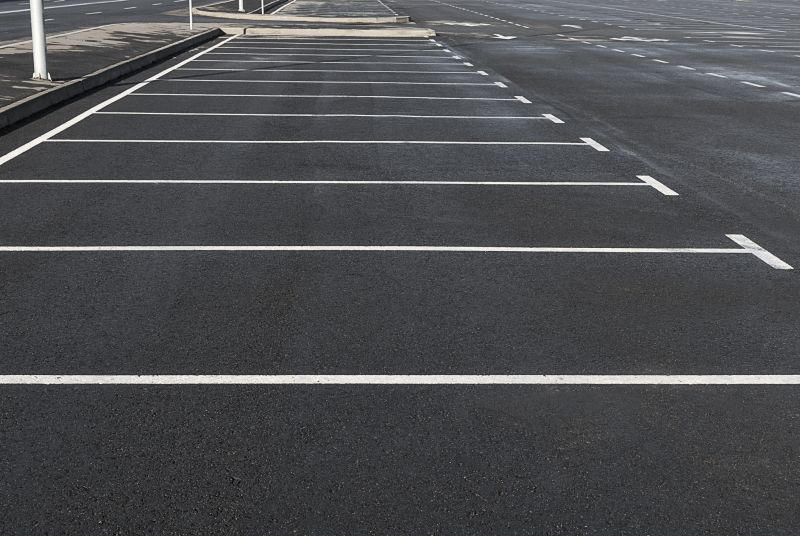
Finishes and colors that play nicely with Parking Lot Asphalt Pavings.
Parking lot asphalt paving involves the process of installing a durable asphalt surface suitable for vehicular traffic. Proper timing ensures the longevity and performance of the pavement. Asphalt paving requires specific temperature ranges to achieve optimal compaction and bonding. Inappropriate timing can lead to issues such as cracking, raveling, and premature deterioration.
Statistics indicate that asphalt pavement can last between 15 to 20 years with proper installation and maintenance. The temperature and weather conditions during installation significantly influence the quality of the pavement. For instance, asphalt typically needs to be laid when ambient temperatures are above 50°F (10°C) to ensure proper curing. Planning paving projects during suitable weather windows minimizes risks and enhances durability.
Asphalt should be laid when ambient temperatures are between 50°F and 85°F for best results.
Rain, snow, or extreme cold can compromise asphalt quality and should be avoided during paving.
Significant temperature changes during curing can cause cracking and reduce pavement lifespan.
Late spring and early fall are generally ideal for asphalt paving due to moderate weather.
